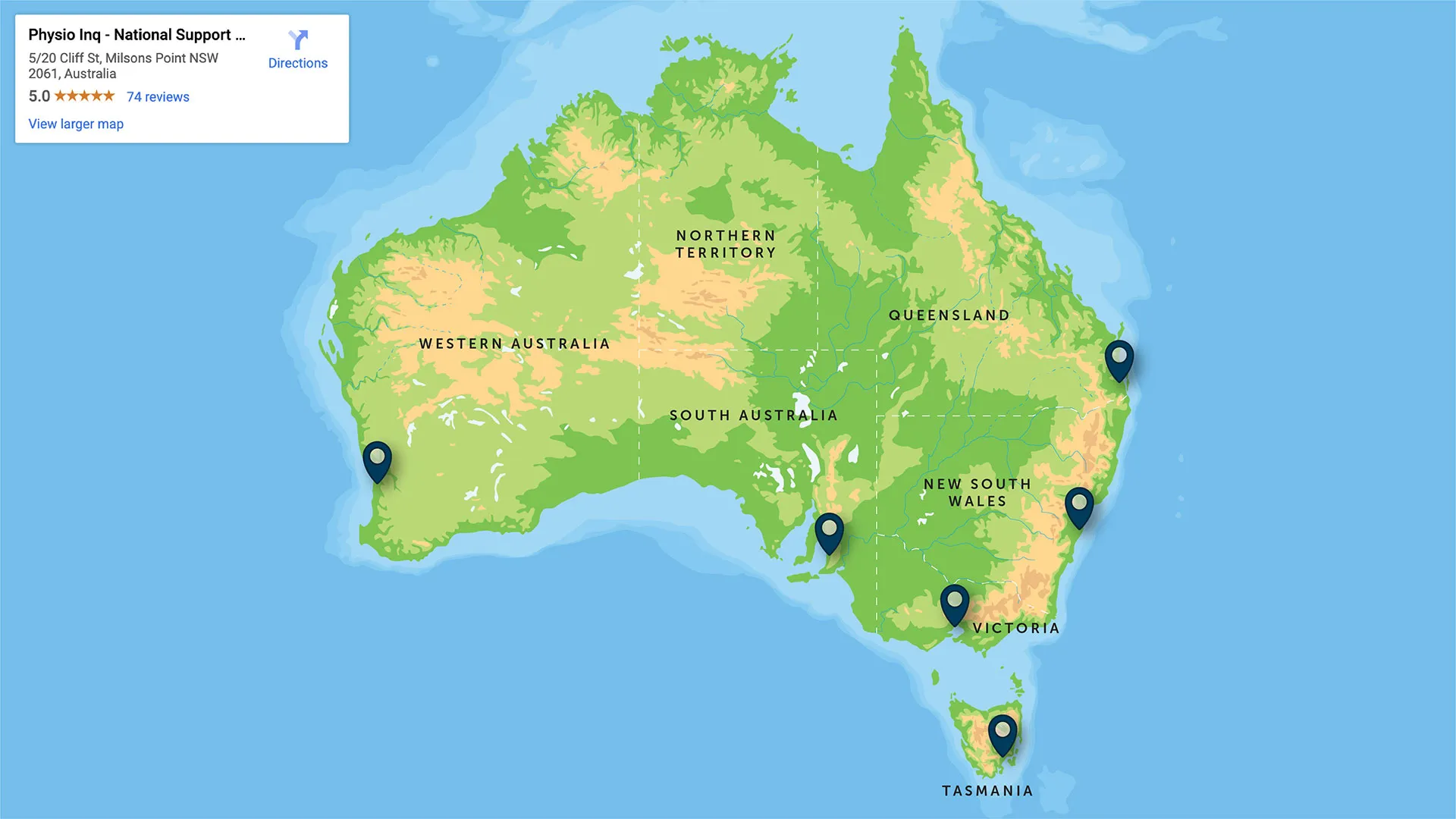How to Measure Your ROI on Social Media
Originally Published Feb 12, 2021
Social media marketing is an interesting blend of traditional sales techniques and PR strategies. But with an ever-changing medium, in short, this makes it somewhat difficult to measure in terms of return of social media metrics and investment (or ROI).
So here, we’re exploring the top metrics to help you figure out how to measure social media marketing performance, ensuring that you’re getting the ROI you want.

How to Measure Social Media ROI
As business owners, when we invest in marketing, we expect to see some kind of return on our investment. Social media marketing, however, is one of the most difficult forms of marketing to measure. But it’s certainly possible.
The thing with social media marketing is that you’re not always measuring success based on dollar signs. Instead, there’s a whole gamut of analytics you can use to measure whether you’re getting an ROI that you’re happy with.
Some of the most common social media metrics you can measure include:
- Average Engagement Rate
- Social Share of Voice
- Conversion Rate
- Response Time
- Sentiment
Below, we’ll be diving a little deeper into each of these metrics.

Average Engagement Rate
Engagement on social media refers to how followers are interacting with your posts. On Facebook, this might mean liking the post. On Instagram, this could be a user sharing your post to their stories or saving it for later. On LinkedIn, you might get a reaction or a bunch of comments.
Often times, certain posts will gain more engagement than others and measuring social media engagement can help you understand what kinds of posts resonate with your audience and which are falling flat.
In terms of ROI, social media engagement is an important metric. It’s not all about the sales when it comes to creating value for your business. In this case, solid social media engagement is more of a PR goal and helps to earn trust from your customers and offers a likability factor.
How to Measure Customer Engagement on Social Media:
- Set a measuring period; this could be a week, a month, or three months, for example
- Add up engagements (likes, comments, shares, saves, etc.) across all posts during the measuring period
- Divide total engagements by the number of posts and multiply by 100 to get your Average Engagement Rate
You can also measure average engagement rate based on specific types of posts. Then, you can better analyse which types of posts got the most engagement.
Social Share of Voice
When you measure your company’s share of voice across social media platforms, this means you’ll be listening to what’s said about your brand online.
How many people are talking about your brand? What does that number look like compared to your competition? What did you do to start so much conversation?
Measuring social share of voice is an important social media metric to understand since it’s not only about how many people are mentioning your brand, but it’s more about your share of that conversation.
For example, if big news drops about your industry, how often does your brand come up in the conversation. How much of a share of the voice in your industry do you have? So, it’s important to factor in not only your mentions, but what’s being said about your competition as well.
How to Measure Social Share of Voice:
- Use a social media analytics tool to measure your mentions and your competitors’ mentions across Facebook, Instagram, and LinkedIn
- Set a measurement period
- Divide your mentions by the total mentions (yours and your competitors) and multiply by 100 to get your Social Share of Voice

Image Source: Tech Crunch
Conversion Rate
Conversion rate is arguably the most important social media metric since, at the end of the day, likes and mentions don’t affect your bottom line. But conversions do!
For that reason, your social conversion rate is an essential measurement that tells you what percentage of followers generated a lead or a sale.
There are powerful analytics tools that can tell you where your customers came from. That means learning whether it’s your Facebook, Instagram, or LinkedIn followers that are leading to the most sales, for example.
Measuring conversions tells you which kinds of posts or calls-to-action drive most of your marketing goals. Not only that, but it can also tell you where most of your audience spends time online.
For instance, if none of your conversions come from Facebook but there’s a lot more coming from LinkedIn, then, you know where more of your budget should go.
How to Measure Social Media Conversions:
- Use analytics tools to determine the total amount of traffic that’s driven by social media
- Then, determine how much of this traffic leads to conversions such as sales, leads, or another marketing goal you’re aiming for
- Divide the number of conversions by total traffic and multiply by 100 to get your Conversion Rate

Response Time
On social media, users expect instant gratification. And even though being fully available to your followers 100% of the time is impossible, your response time is still an important indicator of your success on social media.
This metric is more for your own benefit, since measuring how quickly you respond to requests can help with your rankings within some social media algorithms.
So, if you realise you’re not responding to your customers within 12 hours, you can easily change that for a better customer experience and more success of social media.
How to Measure Response Time:
- Check the response time notifications on Facebook
- Acknowledge that average response times are only 15 minutes!
- Consider implementing chatbots to respond to customers immediately and improve social media ROI
Sentiment
Last but not least, when figuring out how to measure social media marketing success, it’s crucial to measure your brand sentiment across social media. Sure, engagement is nice, but how do people actually feel about your products and services?
It might take a bit more manual work (although there are some social media analytics tools that measure sentiment) but social media is an amazing opportunity to gauge whether your customers are generally happy, neutral, or unhappy with your business.
It goes a step beyond mentions to get a real feel for how and why you’re being mentioned. And it’s worth looking into.
If you want to learn more about marketing for small businesses, get in touch with our Pinq Business Partner Cultivator James Appleton at [email protected] or call him directly on (02) 9158 6131 to discuss how to can make improvements across your social media channels.
If you are interested in reading more about marketing for your business, check out our other blogs:
Are you interested in owning a health care business, or do you require help running yours?
Disclaimer
The information provided on this blog is intended for educational and informational purposes only. It is not intended to be a substitute for professional advice or treatment. Always seek the advice of a qualified professional with any questions you may have regarding a medical condition. Never disregard professional medical advice or delay in seeking it because of something you have read on this blog.

